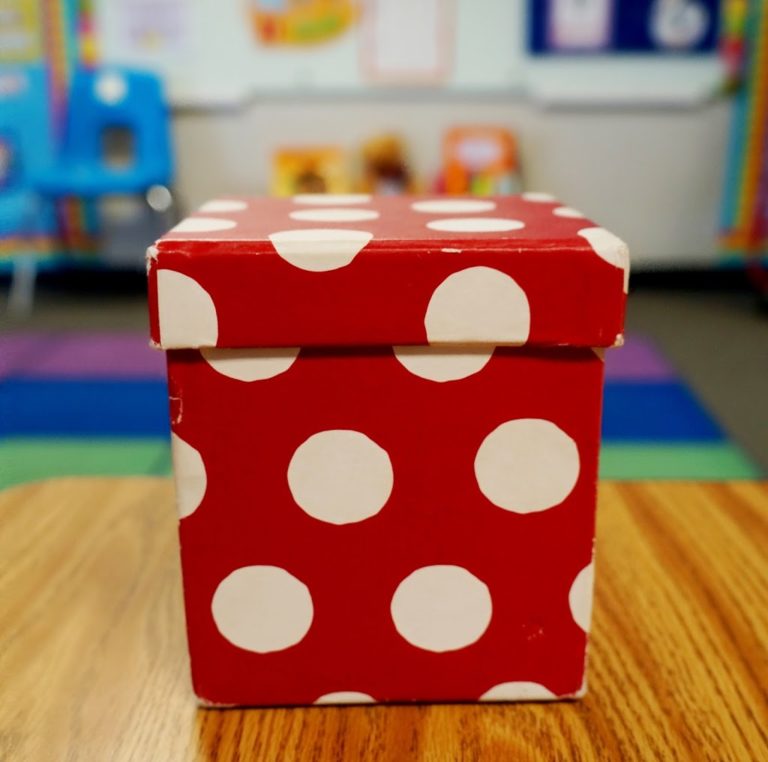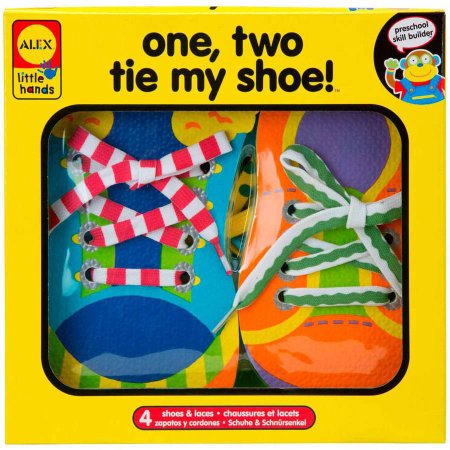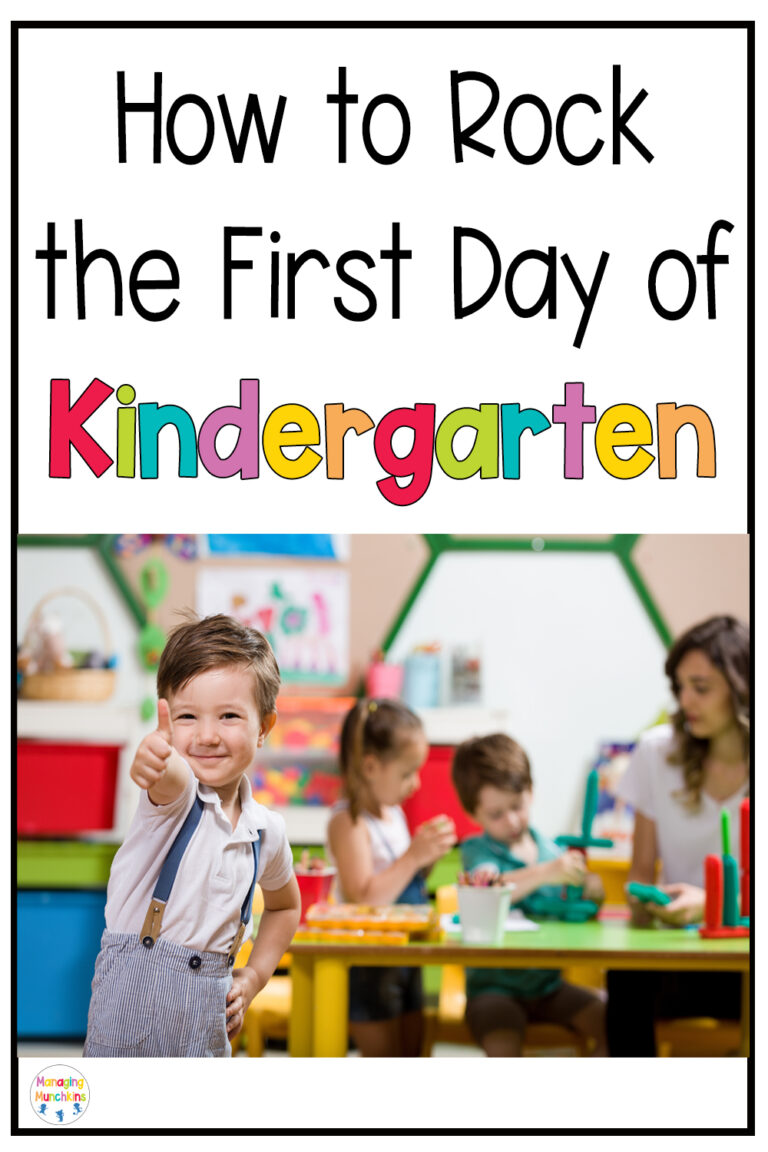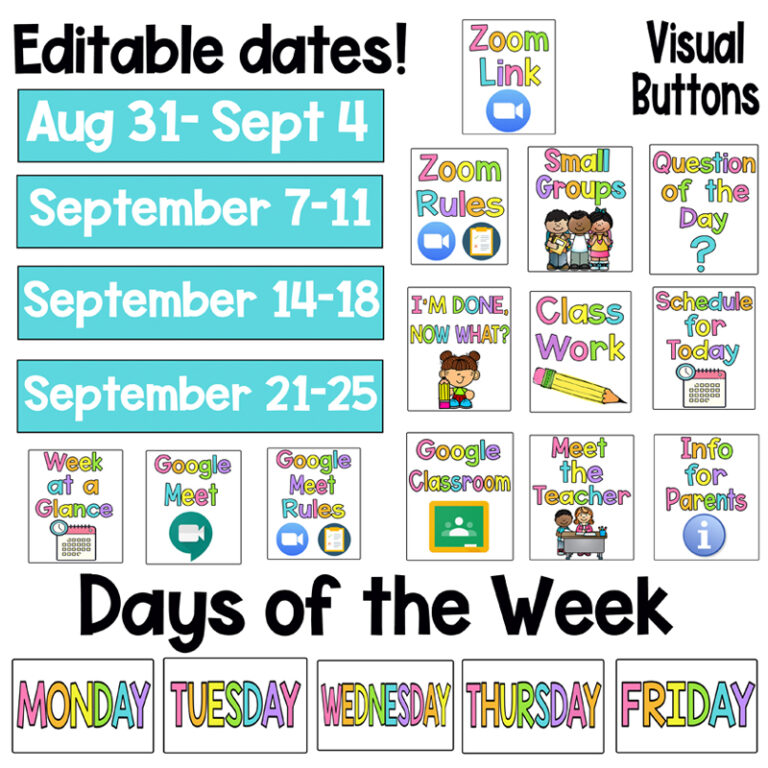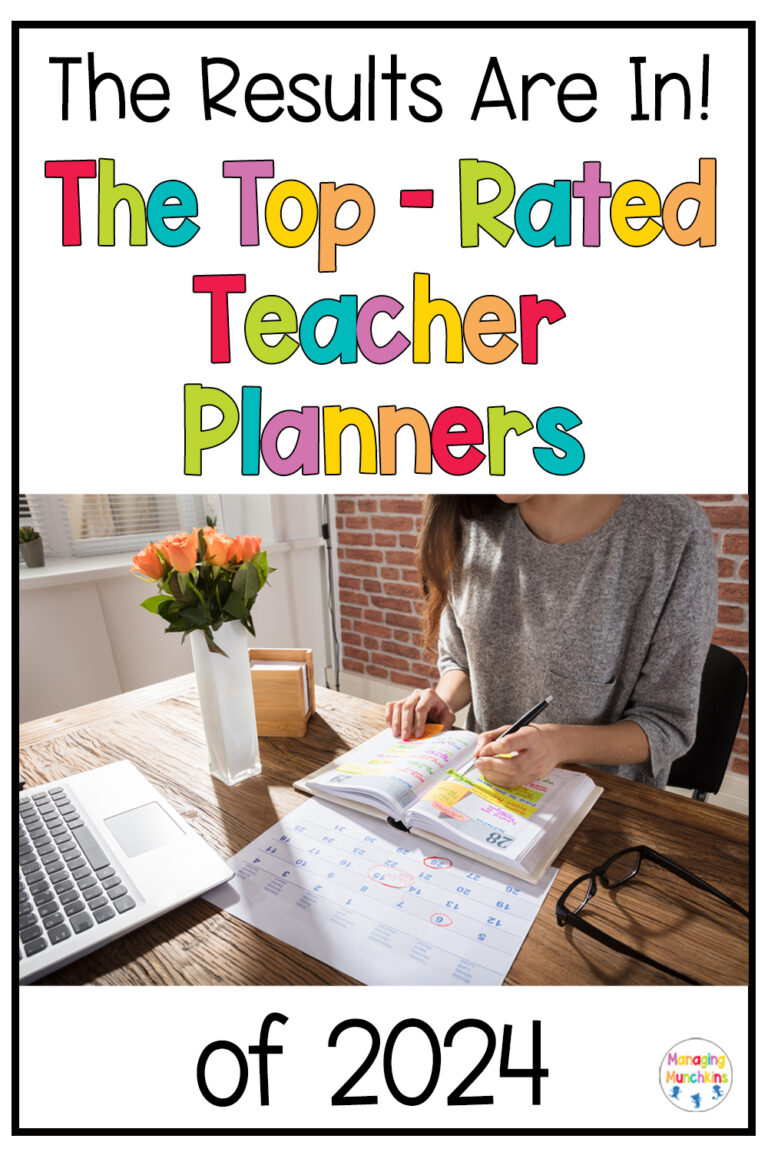10 Simple Ways to Communicate with Parents as a Teacher
Effective communication with parents is essential for fostering a positive classroom environment. As a teacher, it can feel overwhelming to find the best ways to connect with families, but having multiple strategies in place can make this process easier and more effective. In this post, I’m sharing 10 simple ways to communicate with parents, along with when to use each one.
10 Simple Ways to Communicate With Parents
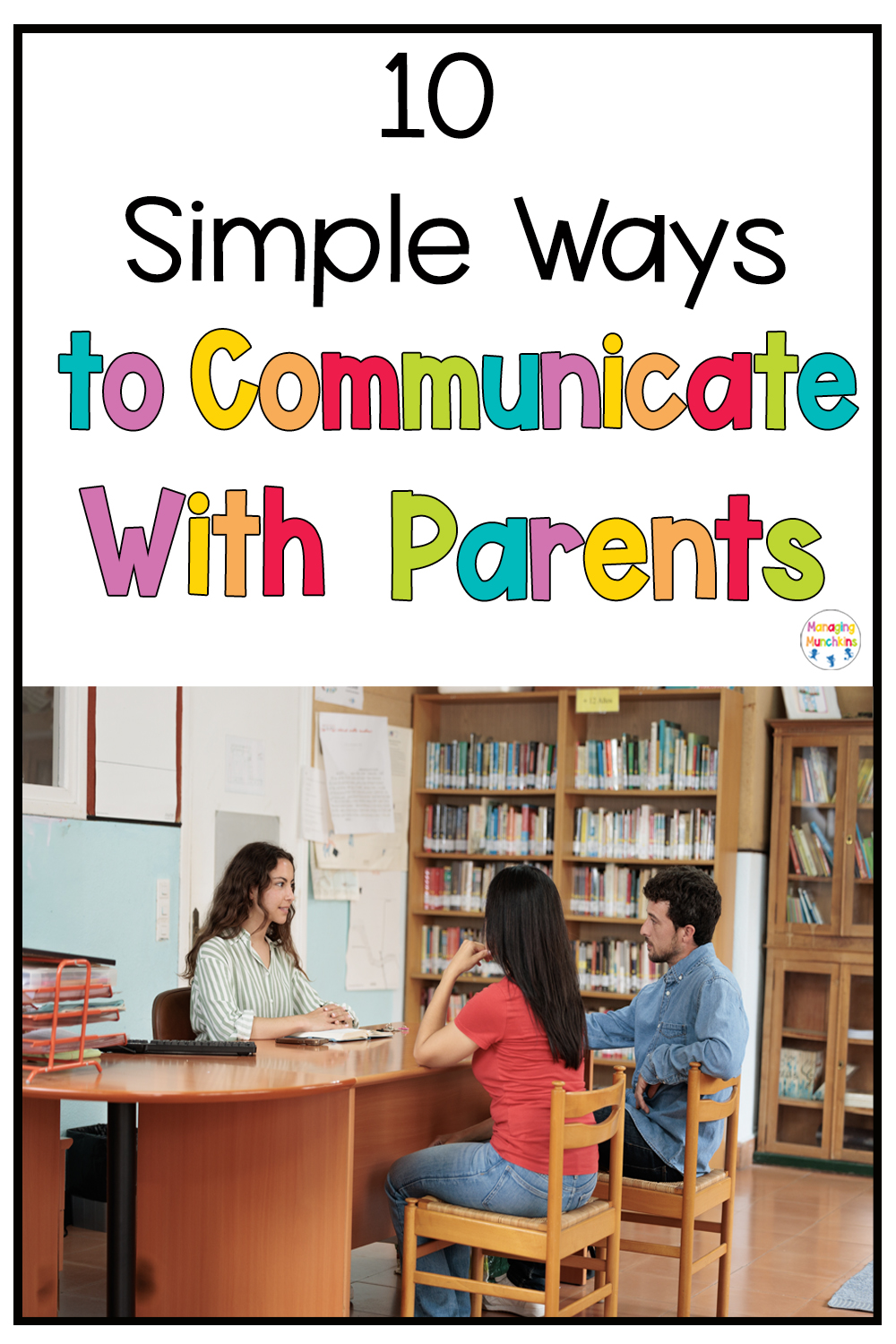
1. In-Person Communication
While it may seem obvious, in-person communication is one of the most effective ways to connect with parents. Scheduling face-to-face meetings allows for more meaningful conversations, whether you’re discussing a student’s progress, sharing a concern, or celebrating achievements. I personally preferred after-school meetings since they provided more time to talk without feeling rushed.
2. Phone Calls
A simple phone call can go a long way in building strong relationships with parents. This method works well for discussing a student’s behavior, academic progress, or even sharing praise. Parents may feel nervous when they see a call from the school, so surprising them with positive news can make their day and strengthen your relationship.
3. Email
Using your school email is a great way to answer parent questions and share important updates. However, for sensitive topics such as behavioral concerns, I always preferred in-person conversations to avoid miscommunication. Setting clear email boundaries—such as response times—helps prevent late-night messages and unrealistic expectations.
4. Messaging Apps
Apps like Remind, ClassDojo, Seesaw, or TalkingPoints provide an easy way to send updates and messages to parents. One of my favorite features of Remind was the ability to schedule messages in advance, making it simple to send reminders about upcoming events. Before choosing an app, check with your school administration to ensure it is approved.
5. Monthly Newsletters
A classroom newsletter is an excellent way to keep parents informed. You can find editable templates on Teachers Pay Teachers with seasonal themes, making them fun and engaging. Use your newsletter to share class updates, upcoming events, and student celebrations to create a sense of community.
6. Classroom Bulletin Board
A bulletin board in your classroom or hallway can serve as an information hub for parents. Display newsletters, school flyers, or student work to keep families engaged. This is especially useful for parents who drop off or pick up their children regularly.
7. Classroom Blog
A classroom blog is an easy way to document class activities, share photos, and provide updates. Platforms like Squarespace or Blogger make setup simple with ready-made templates. If you choose this method, be sure to obtain permission slips from parents before posting student photos online.
8. Parent Volunteers
Inviting parents to volunteer in your classroom not only helps with activities but also strengthens relationships. When parents see firsthand what happens in the classroom, they gain a deeper appreciation for teaching. Even brief interactions during volunteer time can build rapport and improve communication.
9. School Events
School events such as open house, back-to-school night, and special programs provide great opportunities to connect with parents who may not be available during regular school hours. Simple conversations—such as asking how they’re doing or complimenting their child—help build trust and open lines of communication.
10. Parent-Teacher Conferences
Though they can feel intimidating, parent-teacher conferences are valuable opportunities to establish positive relationships. Instead of viewing them as evaluations, I shifted my mindset to see them as chances to collaborate with parents. When families see that you genuinely care about their child’s success, they are more likely to support your classroom efforts.
Bonus: Student Messengers
Encouraging students to relay messages to their parents is an easy and effective way to reinforce reminders. For example, at the end of the day, I would ask my students, “What are you going to wear tomorrow?” and they would respond, “Pajamas!” This method works well for simple reminders about upcoming events.
In a Nutshell:
10 Simple Ways to Communicate With Parents
By utilizing these ten (plus one bonus) strategies, you can improve communication with parents, prevent misunderstandings, and foster positive relationships throughout the school year. If you found these tips helpful, be sure to subscribe for more classroom management strategies. Happy teaching!

